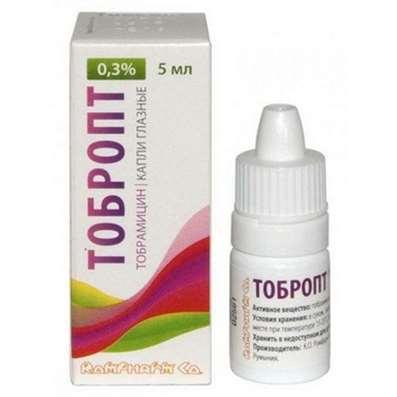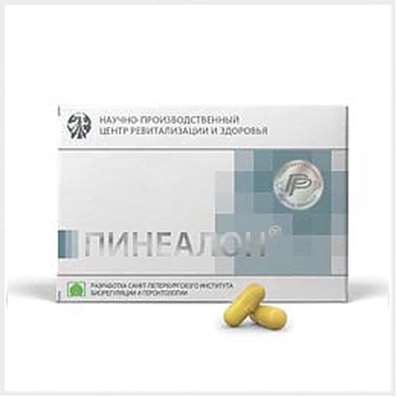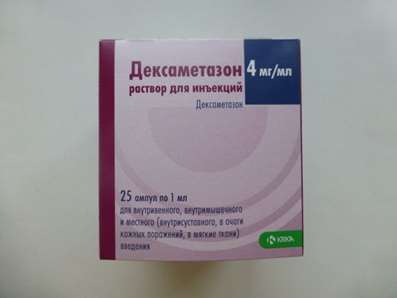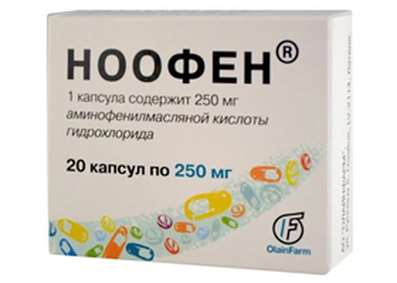Instruction for use: Enterodes
I want this, give me price
Active substance: Povidone
ATX code A07BC Absorbent intestinal preparations other
Pharmacological group
Adsorbents
Detoxifying agents, including antidotes
Nosological classification (ICD-10)
A02.0 Salmonella enteritis
Salmonellosis, Salmonella, Salmonella gastroenteritis
A05.9 Bacterial food poisoning, unspecified
Bacterial intoxication, Diarrhea with food intoxication, Acute diarrhea in food poisoning, Nutritional intoxication, Food poisoning, Foodborne diseases, Toxic food insecticide, Toxic diarrhea
A09 Diarrhea and gastroenteritis of allegedly infectious origin (dysentery, bacterial diarrhea)
Bacterial diarrhea, Bacterial dysentery, Bacterial infections of the digestive tract, Bacterial gastroenteritis, Diarrhea bacterial, Diarrhea or dysentery of amoebic or mixed etiology, Diarrhea of infectious genesis, Diarrhea on the background of antibiotic therapy, Traveler's Diarrhea, Travelers diarrhea due to changes in diet and habitual diet, Diarrhea due to antibiotic therapy, Dysenteric bacteriocarrier, Dysenteric enteritis, Dysentery, Dysentery bacterial, Dysentery mixed, Gastrointestinal infection, GI tract infections, Infectious diarrhea, Infectious Disease of the GI tract, Infection of the gastrointestinal tract, Infection of the biliary tract and gastrointestinal tract, GI tract infection, Summer diarrhea, Nonspecific acute diarrhea of infectious nature, Nonspecific chronic diarrhea of infectious nature, Acute bacterial diarrhea, Acute diarrhea in food poisoning, Acute dysentery, Acute bacterial gastroenteritis, Acute gastroenterocolitis, Acute Enterocolitis, Subacute dysentery, Diarrhea chronic, Refractory diarrhea in AIDS patients, Staphylococcal enteritis in children, Staphylococcal enterocolitis, Toxic diarrhea, Chronic dysentery, Enteritis, Enteritis infectious, Enterocolitis
K72.9 Hepatic insufficiency, unspecified
Latent hepatic encephalopathy, Acute liver failure, Liver failure, Hepatic precoma, Acute hepatic-renal failure
N19 Renal failure, unspecified
Hyperazotemia, Uremia, Renal failure in poisoning
Composition and form of release
Powder for solution for oral administration 1 pack.
polyvinylpyrrolidone low molecular weight medical (povidone) 5 g
(molecular weight 12,600 ± 2,700)
in packages of combined material of 5 g; in the boxes of 250 packages.
Description of dosage form
White or slightly yellowish powder with a weak specific odor. Hygroscopic.
A solution prepared according to the instructions for use (the contents of the package are dissolved in 100 ml of water) is a clear or slightly opalescent colorless or slightly yellowish liquid.
pharmachologic effect
Pharmacological action - adsorbing.
Pharmacodynamics
Enterodes binds toxins entering the digestive tract and forming in the body, and removes them through the intestine.
Pharmacokinetics
It is not absorbed, is not metabolized, is excreted through the digestive tract.
Indications
As a means of detoxification:
at toxic forms of acute infectious gastrointestinal diseases (dysentery, salmonellosis, food toxic infections);
with hepatic insufficiency;
with renal failure.
Contraindications
Hypersensitivity to the drug.
pregnancy and lactation
Sufficient experience in the use of the drug during pregnancy and lactation is not present. It is possible to use Enterodes® in pregnant and lactating mothers as prescribed by the physician if the expected therapeutic effect exceeds the risk of possible side effects.
Side effects
Rapidly passing nausea and vomiting (are not grounds for discontinuing the drug). It is possible to develop allergic reactions.
Interaction
The use of Enterodes together with other drugs prescribed inwards can dramatically slow down the rate and / or reduce the degree of absorption from the digestive tract.
Dosing and Administration
Inside, 1-2 hours after a meal or medications. The drug is diluted at the rate of 2.5 g of powder per 50 ml of cold boiled water. To improve the taste qualities, sugar or fruit juices can be added to the solution.
Adults - 100 ml of the prepared solution 1-3 times a day for 2-7 days (until the symptoms of intoxication disappear).
Children from 1 year - at the rate of 0.3 g per kg of child per day.
Daily reception for children:
1-3 years - 50 ml of solution 2 times;
4-6 years - 50 ml of solution 3 times;
7-10 years - 100 ml of solution 2 times;
11-14 years - 100 ml of solution 3 times.
Overdose
In cases of overdose, the side effects of the drug are aggravated.
special instructions
The prepared solution should be stored in the refrigerator at a temperature of 4 ° C for not more than 3 days.
storage Conditions
In a dry, the dark place at a temperature of -10 to 30 ° C.
Keep out of the reach of children.
Shelf life
2 years.
Do not use after the expiry date printed on the package.

 Cart
Cart





